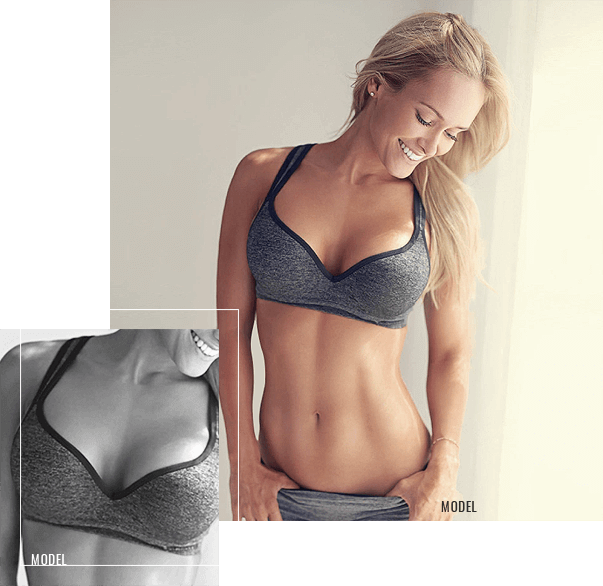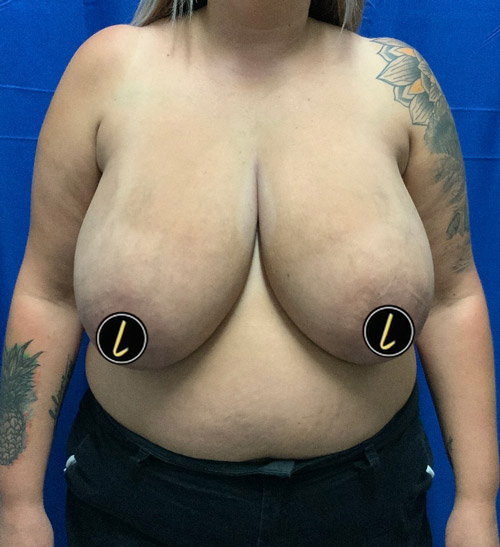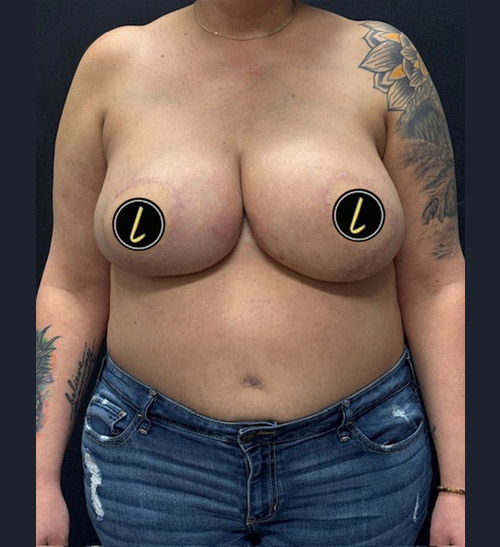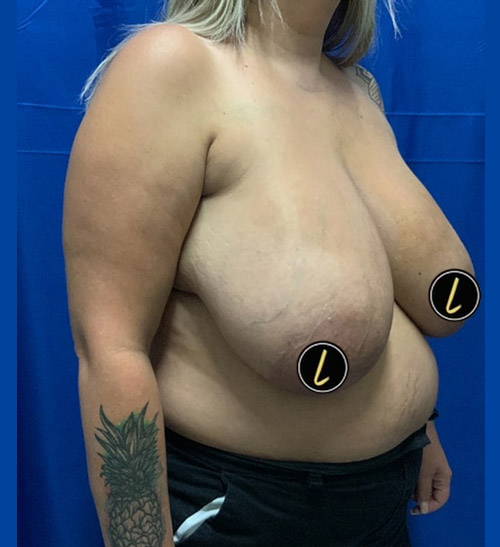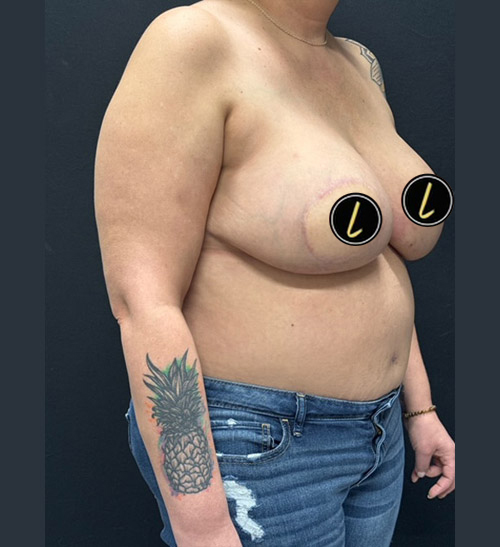Procedure Overview: Duration & Experience
This procedure is performed with the patient under general anesthesia. It involves two main parts: obtaining the donor tissue and then using it to construct the flap. Each process requires extreme precision on the part of the surgeon, so it is best to work with experienced physicians for safer, better outcomes. This is particularly true for connecting the vascular systems of the new tissue to the chest recipient site vessels, ensuring it has a healthy supply of blood to keep the tissue alive.
The amount of work and the precise nature of the procedure are the reasons for the longer duration, with many procedures taking between 6 and 12 hours. Typically, the patients have to spend 3 to 4 nights at the hospital after the procedure to ensure viability of the new tissue and appropriate recovery.


